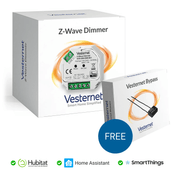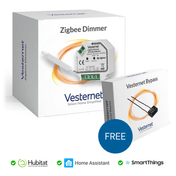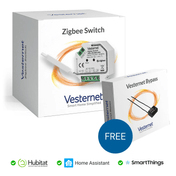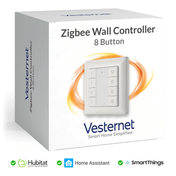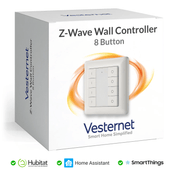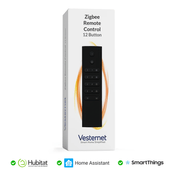The modern smart home faces a significant challenge that has frustrated homeowners and professionals alike: device fragmentation. Different manufacturers have traditionally relied on incompatible communication protocols, creating isolated ecosystems where devices from one brand struggle to communicate with those from another. This fragmentation results in complex setup procedures, multiple apps for device management, and limited automation possibilities that fall short of the seamless smart home experience users expect.

Enter Matter and Thread – two revolutionary standards that promise to transform smart home matter connectivity forever. Matter serves as a universal application layer that enables devices from different manufacturers to communicate effortlessly, while Thread provides the robust wireless mesh networking foundation that ensures reliable, low-power connectivity throughout your home. Together, these technologies eliminate vendor lock-in, simplify device setup, and create truly interoperable matter home automation systems that adapt and expand with your needs.
This comprehensive guide will take you from understanding the fundamental concepts behind these emerging protocols through to practical implementation strategies. We'll explore device selection criteria, network planning considerations, step-by-step setup procedures, and long-term planning approaches that will help you build a thread smart home infrastructure designed to evolve with advancing technology standards.
Understanding Matter and Thread: The Foundation of Modern Smart Homes
Matter represents a collaborative effort between major technology companies including Apple, Google, Amazon, and Samsung to create a unified smart home standard. Built on Internet Protocol (IP) foundations, Matter operates as an application layer protocol that sits above the underlying network infrastructure, enabling devices to communicate using a common language regardless of their manufacturer or the specific wireless technology they employ.
Key characteristics of Matter protocol:
- Open-source standard ensuring widespread adoption and continuous improvement
- Built-in security features including end-to-end encryption and device certification
- Local network operation reducing dependency on cloud services
- Backward compatibility with existing Thread, Wi-Fi, and Ethernet networks
Thread operates as the wireless networking protocol that provides the mesh infrastructure for smart home matter devices. Unlike traditional Wi-Fi connections that rely on a central router, Thread creates self-healing mesh networks where each device can act as a repeater, extending range and improving reliability. This IPv6-based protocol was specifically designed for Internet of Things applications, prioritising low power consumption and robust connectivity over high bandwidth requirements.
The Interoperability Revolution: How These Standards Transform Device Communication

The transformative power of matter home automation lies in its ability to break down the silos that have historically separated smart home devices. Previously, choosing a smart thermostat from one manufacturer often meant committing to their entire ecosystem of compatible devices. Matter eliminates this constraint by providing a standardised communication framework that works across platforms, enabling genuine choice and flexibility in device selection.
Benefits of cross-platform compatibility:
- Freedom to choose the best device for each application regardless of manufacturer
- Simplified setup using standardised commissioning processes
- Reduced app proliferation with unified control through preferred platforms
- Enhanced automation possibilities through seamless device integration
This interoperability extends beyond simple device communication to encompass voice assistants, mobile apps, and smart home platforms. A Matter-certified smart switch can be controlled equally well through Apple HomeKit, Google Assistant, Amazon Alexa, or Samsung SmartThings, giving users the flexibility to choose their preferred control interface whilst maintaining full functionality across all platforms.
Thread Mesh Networking: Building Robust Wireless Infrastructure
Thread's mesh networking capabilities represent a fundamental shift from traditional point-to-point wireless communications. In a thread smart home network, each powered device acts as a potential router, creating multiple pathways for data transmission. This redundancy ensures that if one device fails or experiences interference, the network automatically reroutes traffic through alternative paths, maintaining connectivity and system reliability.
The protocol's low-power design enables battery-operated devices to participate in the network whilst maintaining extended battery life. Thread achieves this through sophisticated sleep scheduling and efficient routing algorithms that minimise unnecessary transmissions whilst ensuring responsive communication when required.
Core advantages of Thread mesh architecture:
- Self-healing networks that adapt to device failures or interference
- Extended range through multi-hop routing across mesh nodes
- Low latency communication suitable for responsive automation
- Scalable infrastructure supporting hundreds of devices
Planning Your Matter-Ready Smart Home: Essential Components and Considerations
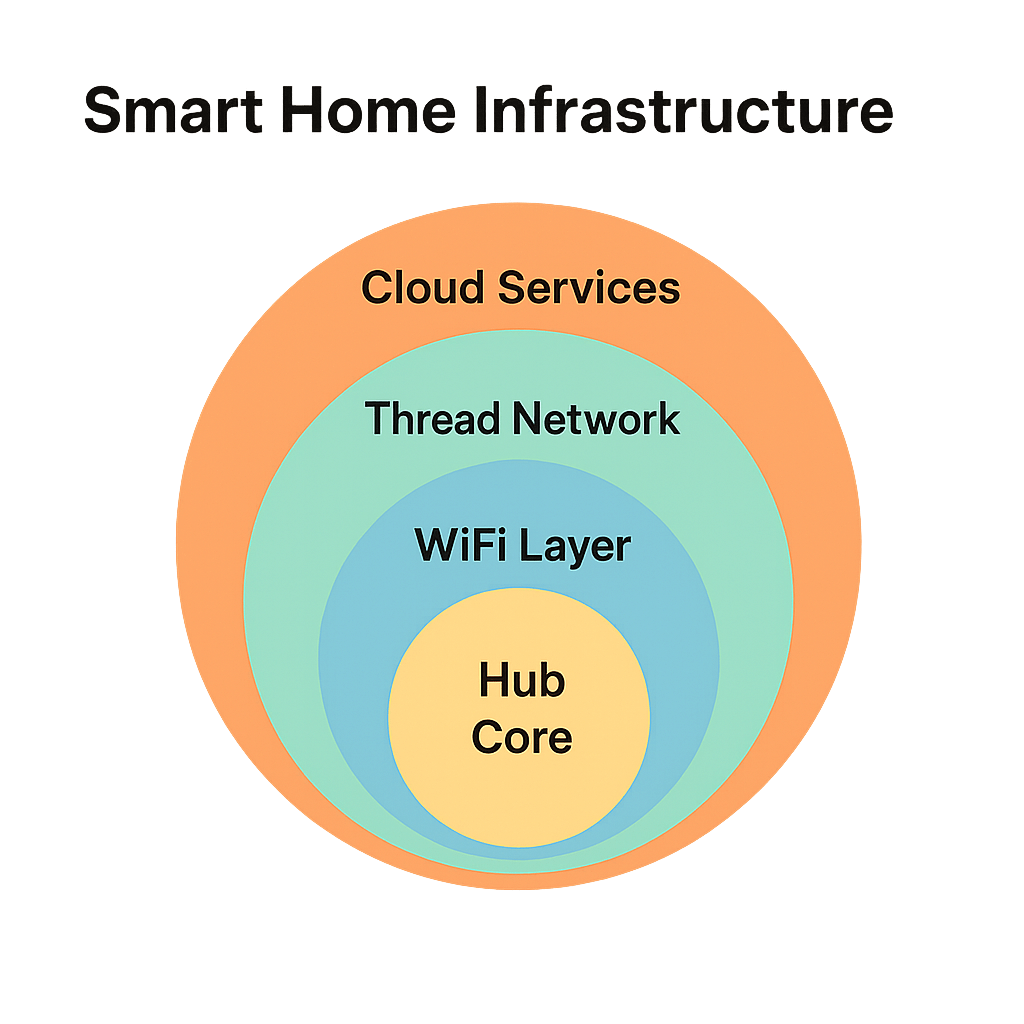
Building a future-proof smart home matter infrastructure requires careful planning around core network components and device selection strategies. The foundation of any Thread network requires at least one Thread Border Router – a device that bridges the Thread mesh network to your existing IP infrastructure, typically your Wi-Fi router and internet connection. Many modern smart home hubs now include built-in Thread Border Router functionality, simplifying initial setup requirements.
Essential infrastructure components:
- Thread Border Router or compatible smart home hub
- Reliable internet connection for remote access and updates
- Strategic placement of powered devices to ensure mesh coverage
- Consideration of future expansion areas and device requirements
Device selection should prioritise Matter certification and Thread compatibility whilst considering your specific automation requirements. Start with foundational categories such as lighting controls and climate management, then expand into more specialised applications as your system matures. This approach ensures a solid operational foundation before adding complexity through advanced automation scenarios.
Implementation Guide: Setting Up Matter and Thread Devices
The implementation process for matter home automation begins with establishing your Thread network infrastructure. Modern hubs typically handle this automatically during initial setup, creating the Thread network and configuring border router functionality. The simplified commissioning process represents one of Matter's key advantages – devices typically require only scanning a QR code or entering a numeric setup code to join the network.
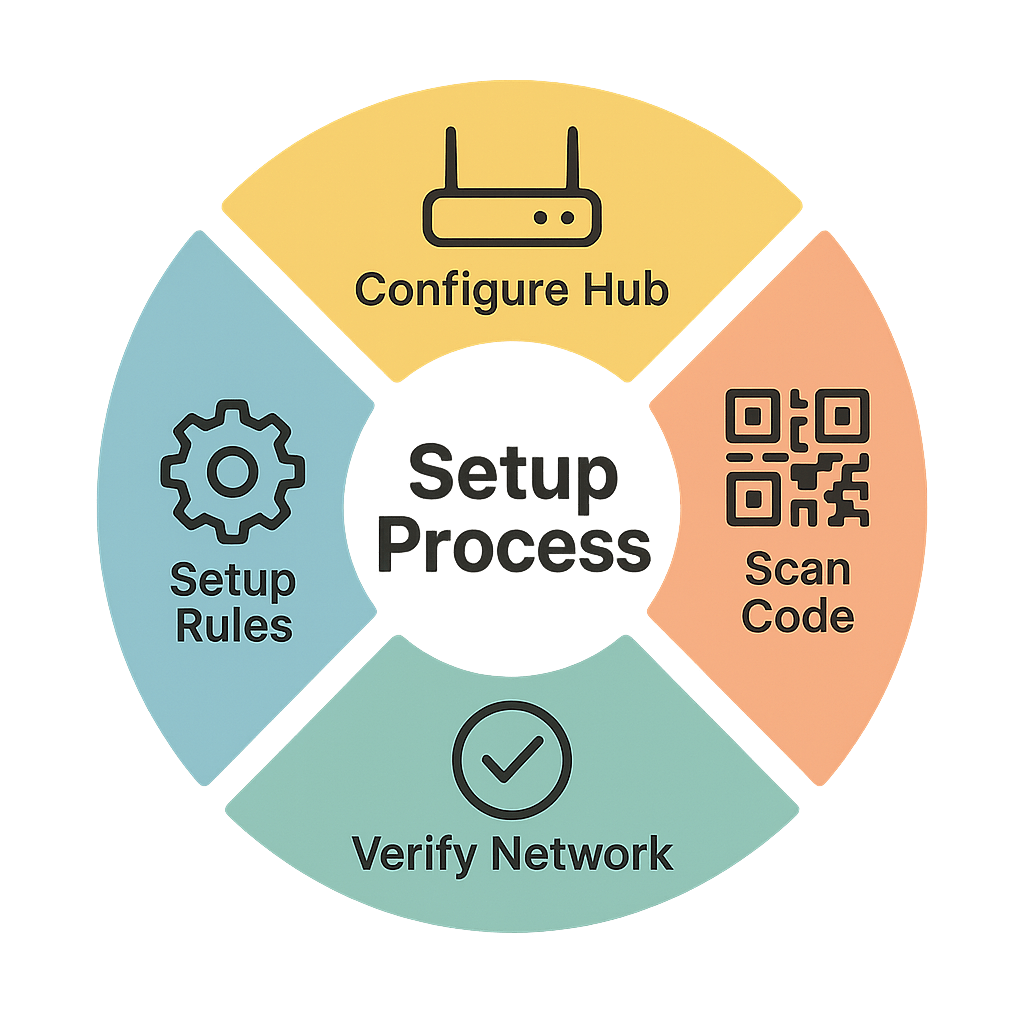
Step-by-step implementation process:
- Configure Thread Border Router or compatible hub device
- Verify network connectivity and Thread network establishment
- Commission individual devices using standardised setup codes
- Configure automation rules and scenes through preferred platform
Device commissioning benefits from Matter's platform-agnostic approach. Once a device joins the Thread network, it becomes accessible to all compatible platforms simultaneously. This means adding a new smart switch makes it immediately available in Apple HomeKit, Google Home, and Amazon Alexa without requiring separate setup procedures for each platform.
Practical Applications: From Basic Controls to Advanced Automation
Thread smart home implementations excel across diverse application categories, from simple lighting controls to complex security and energy management systems. Smart lighting represents an ideal starting point, offering immediate benefits through remote control, scheduling, and energy monitoring whilst providing the mesh infrastructure foundation for subsequent device additions.
Climate control systems benefit significantly from Thread's reliable connectivity and low latency communication. Smart thermostats can respond immediately to occupancy sensors, window contacts, and time-based schedules, creating comfortable environments whilst optimising energy consumption through precise temperature management and system integration.
Key application categories for Matter devices:
- Lighting control with dimming, colour, and scheduling capabilities
- Climate management including thermostats and sensor integration
- Security systems with cameras, locks, and intrusion detection
- Energy monitoring through smart switches and consumption tracking
Troubleshooting and Optimization: Ensuring Reliable Performance
Network performance optimisation in thread smart home environments focuses on mesh topology planning and interference management. Strategic placement of powered devices ensures adequate mesh coverage throughout your property, whilst understanding potential sources of wireless interference helps maintain stable connectivity. Common issues often relate to insufficient mesh density or physical obstructions that limit signal propagation between devices.
Common troubleshooting approaches:
- Verify adequate mesh coverage through powered device placement
- Identify and minimise sources of 2.4GHz interference
- Monitor network topology for isolated devices or weak connections
- Regular firmware updates to maintain compatibility and performance
Device compatibility issues typically manifest during commissioning or after firmware updates. Maintaining current firmware across all devices ensures optimal Matter protocol support and resolves known compatibility challenges. Network monitoring tools provided by hub manufacturers offer insights into mesh health and device connectivity status, enabling proactive maintenance before issues affect system operation.
Future-Proofing Your Investment: Long-Term Smart Home Planning
Building expandable smart home matter systems requires consideration of emerging device categories and evolving protocol capabilities. Matter continues developing support for new device types, with regular updates expanding compatibility to include advanced sensors, energy management systems, and integrated security solutions. Planning for these developments ensures your infrastructure can accommodate future technological advances without requiring fundamental system redesign.
Strategic planning considerations:
- Scalable hub selection with expansion capabilities and regular updates
- Infrastructure planning for future device categories and applications
- Investment in high-quality foundational devices with long-term support
- Regular assessment of emerging standards and compatibility requirements
Technology evolution within the Matter ecosystem focuses on enhancing existing capabilities whilst expanding into new application areas. Future developments include improved energy management features, enhanced security protocols, and deeper integration with utility systems and renewable energy sources. By establishing a robust Thread network foundation now, homeowners position themselves to benefit from these advancing capabilities as they become available.
Conclusion
Matter and Thread technologies represent a fundamental transformation in smart home automation, delivering the seamless interoperability and reliable connectivity that homeowners have long sought. These emerging protocols eliminate the fragmentation challenges that have historically complicated smart home implementation, creating unified systems where devices from different manufacturers work together effortlessly through standardised communication frameworks and robust mesh networking infrastructure.
The implementation approach outlined in this guide provides a pathway from basic understanding through practical deployment, emphasising the importance of strategic planning and gradual system expansion. Starting with Matter-certified devices and Thread-compatible infrastructure creates a foundation for long-term growth, ensuring your smart home investment remains relevant and expandable as new technologies and device categories emerge. The key lies in beginning with essential applications such as lighting and climate control, then building upon this foundation with additional capabilities as your automation requirements evolve.
Ready to explore next-generation smart home technology? Browse our comprehensive collections of Matter-compatible gateways, Thread-enabled smart switches, intelligent thermostats, wall controllers, and range extenders designed to create the robust, interoperable automation system you've envisioned. Our expert team stands ready to provide guidance and support as you plan and implement your future-proof smart home infrastructure, ensuring every component works seamlessly together whilst maintaining the flexibility to adapt and grow with advancing technology standards.










